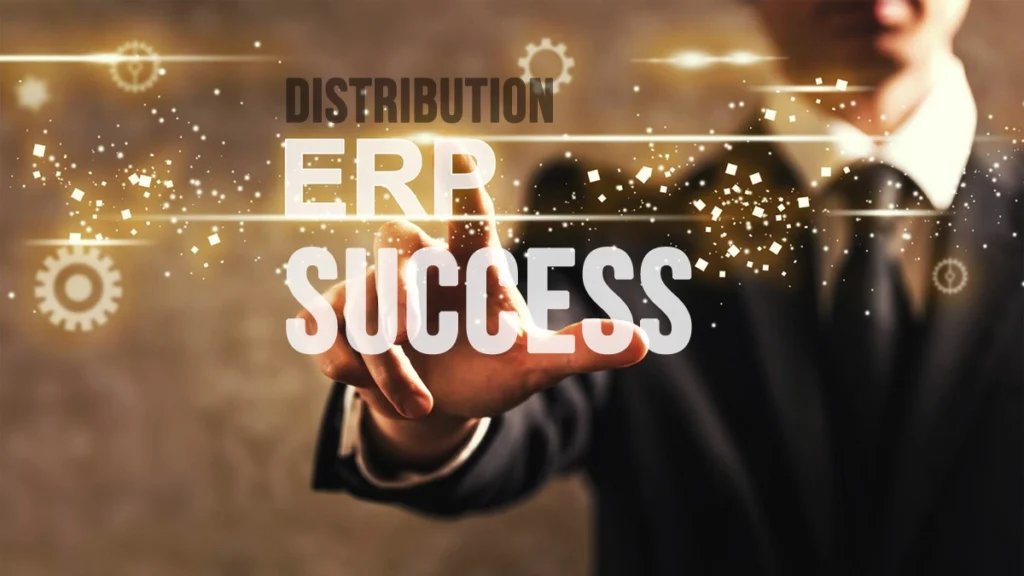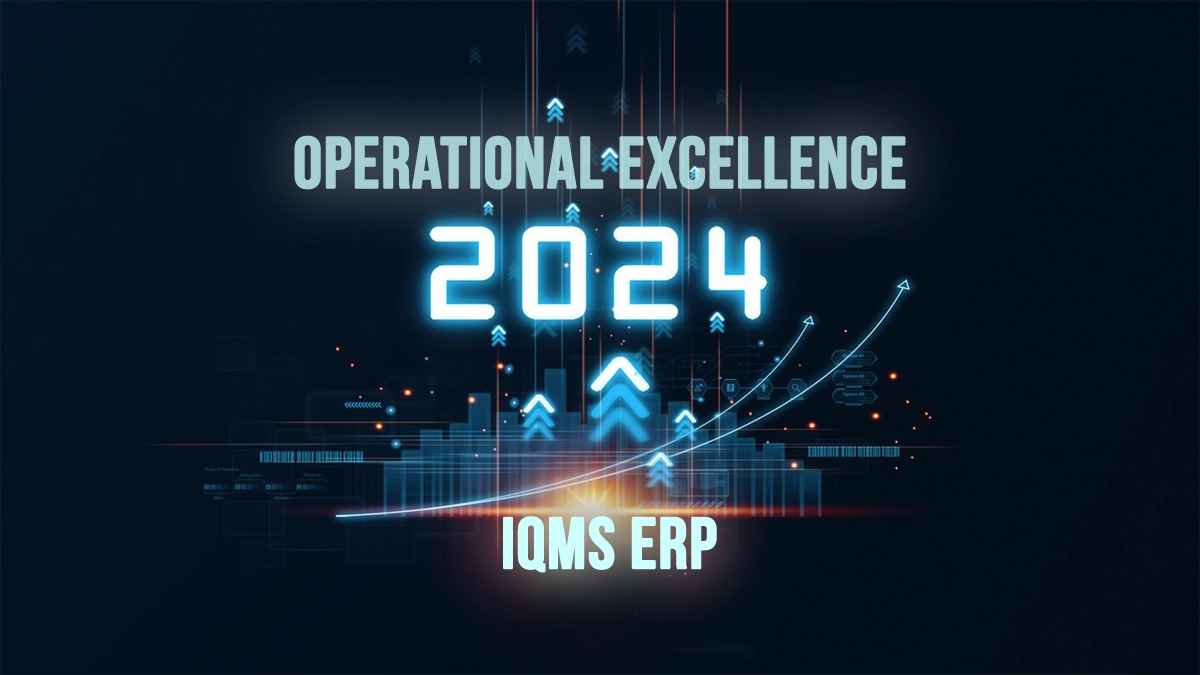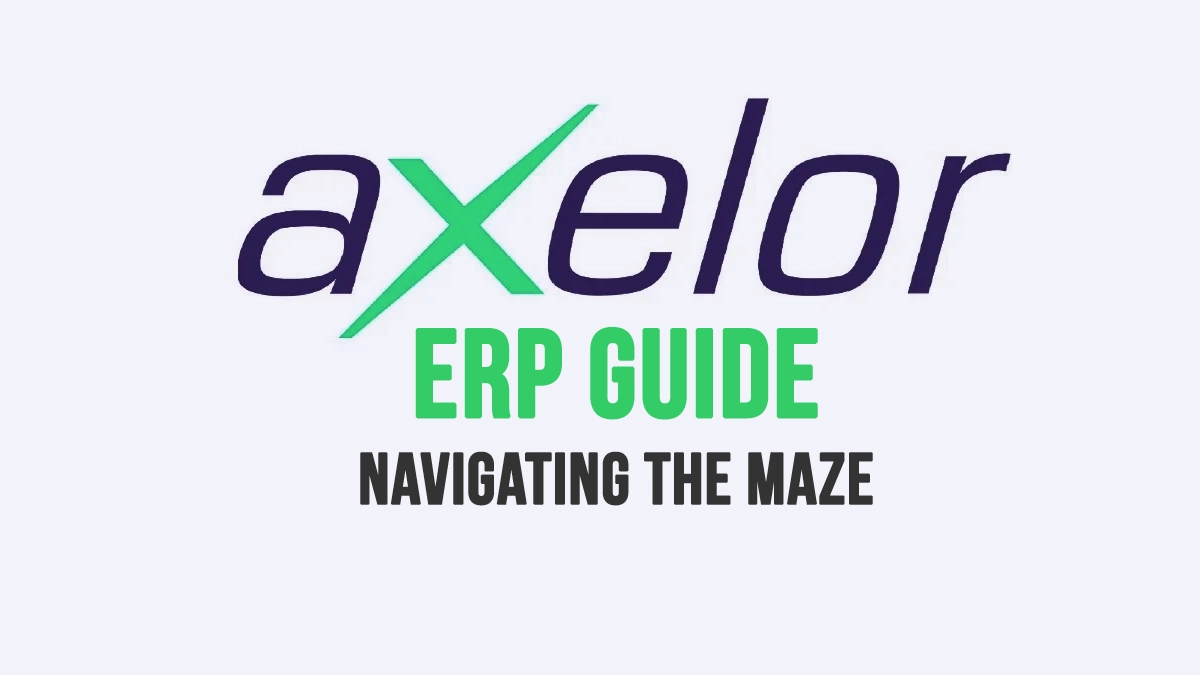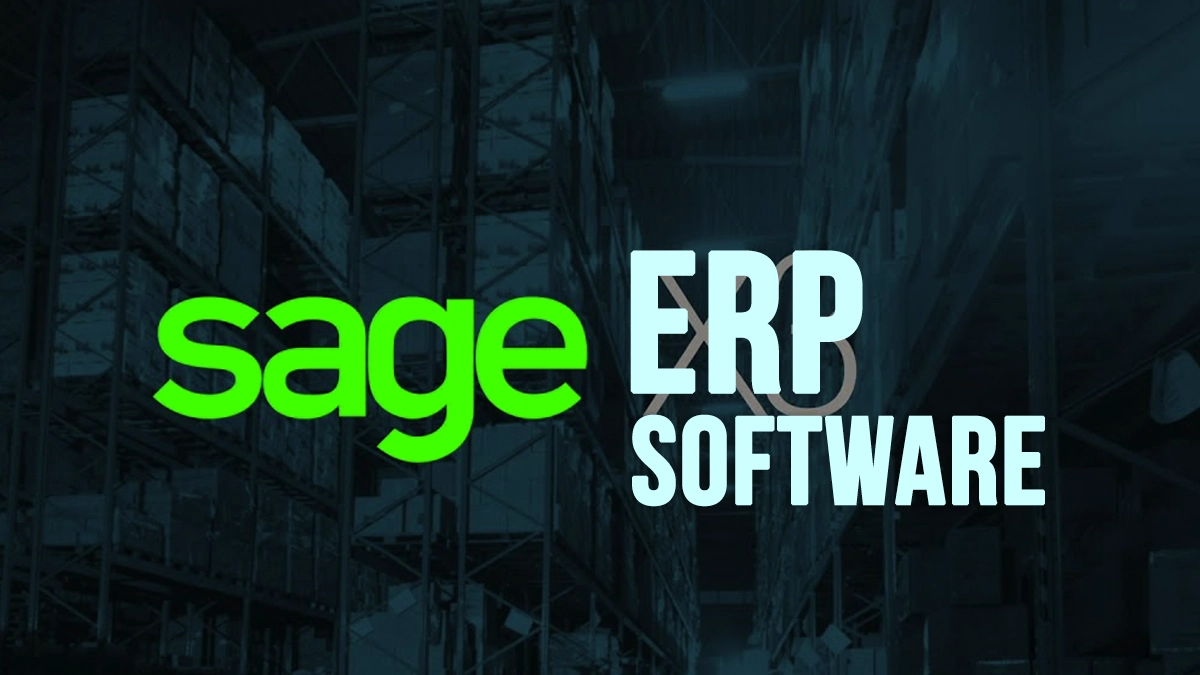In the dynamic and ever-changing world of distribution, the success or failure of a company hinges greatly upon its ability to manage logistics effectively. This introductory statement sets the stage by highlighting the crucial role of logistics management in the distribution industry.
Defining Distribution ERP

Distribution Enterprise Resource Planning (ERP) is introduced as a transformative solution for distribution enterprises. It is portrayed as more than just a software system but as a pivotal tool poised to revolutionize how distribution operations are managed and executed.
Streamlining Efficiency
Here, the focus is on the core functionality of Distribution ERP. It is described as the driving force behind efficiency, seamlessly integrating various aspects of distribution operations to create a cohesive and streamlined process. The language emphasizes the innovative nature of the system and its ability to optimize logistics processes for improved operational efficiency.
Unveiling Key Features
This section takes a closer look at the specific features and functionalities of Distribution ERP. Real-time inventory tracking, automated replenishment, and streamlined order fulfillment are highlighted as essential components that contribute to the overall effectiveness of the system. The language used underscores the importance of these features in ensuring smooth operations and satisfying customer demands.
Harvesting Efficiency
The benefits of Distribution ERP are explored in greater detail, focusing on the tangible advantages it brings to distribution companies. From cost savings to improved customer satisfaction, the system is portrayed as a catalyst for operational excellence and competitive advantage in the market.
Case Studies
Real-world examples are presented to illustrate the success stories of companies that have implemented Distribution ERP. These case studies serve as proof points for the effectiveness of the system in overcoming industry challenges and achieving significant improvements in operational performance.
Integration and Compatibility
The integration capabilities of Distribution ERP are highlighted, emphasizing its ability to connect distribution companies with a broader logistics ecosystem. This section emphasizes the importance of collaboration and efficiency in driving overall business success.
Implementation Odyssey
Navigating the implementation process of Distribution ERP is depicted as a strategic journey that requires careful planning and execution. Success is portrayed as dependent not only on technological deployment but also on empowering staff to utilize the system effectively.
Overcoming Challenges
Challenges encountered during the implementation of Distribution ERP are reframed as opportunities for growth and innovation. Strategies for overcoming these challenges are presented based on the experiences of companies that have successfully implemented the system.
Future Horizons
The future evolution of Distribution ERP is discussed, highlighting anticipated developments and advancements in the system. The language used underscores the system’s commitment to continuous innovation and staying at the forefront of logistical advancements.
Conclusion
In conclusion, the article reinforces the idea of Distribution ERP as an ongoing journey rather than a destination. It emphasizes the importance of embracing ERP adoption as a means for distribution companies to drive efficiency, innovation, and customer satisfaction in the evolving landscape of distribution logistics.



